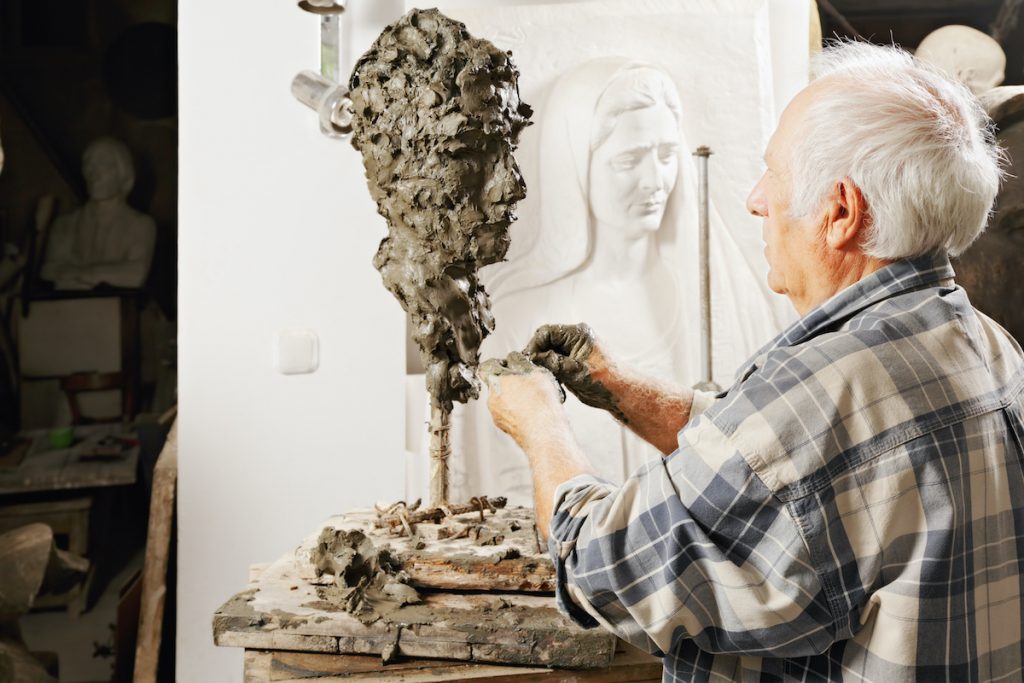Learning any kind of art as an adult can be an immensely rewarding and satisfying endeavor. While many people find it accessible to start drawing or painting, some of us might already have a good foundation in these skills and wish to take that further. The sculpture presents a wonderful opportunity to get your hands even more involved in creating a tangible, three-dimensional end product that you can put up on display in your home for years. Although many newcomers’ first creations are made of clay, the possibilities are endless—metal fabrication can let you work with tough materials like steel, for instance. Before you dive in, though, see to it that you’ve got these fundamentals covered to create successful sculptures.
Good vision is the key.
Only non-artists think that art is created simply from a sudden burst of inspiration. It takes a lot of hard work to craft a piece—not only in terms of actual technique but also in simply refining and capturing your vision. Even two-dimensional sketches are based on references; thus, it’s even more essential to assemble the necessary references before you sculpt. Take objects from your surroundings, study photos, or render models on a computer; these will help you translate your vision into the three-dimensional representation of sculpture accurately. Remember to learn applicable rules before you bend or break them; for example, master the basics of anatomy if you’re attempting to create a human figure. Even if it’s going to end up being an abstraction, knowing your proportions and dimensions will make it recognizable.

Practice with a prototype.
Even experienced artists seldom jump straight from vision to finished artwork. In fact, the more skilled you become, the more you’ll realize the value of working on drafts and studies. Painters will usually go through a series of sketches on paper before they ever apply paint to canvas. Likewise, as you venture into sculpting, a prototype can make your work easier and the final piece more successful. Clay is an ideal material for this purpose; it’s forgiving and easy to shape. It’s an additive medium, as well, allowing you to build up a model, as opposed to something like wood that you can only subtract from. Using this clay prototype will give you a better grasp of how the piece will look in 3D, and you can experiment with changes to the pose to make it work from every perspective.
Choose the right material.
Most people who are drawn to sculpture—whether for appreciation or artistic creation—have a preference for certain materials. Perhaps, you love the versatility of clay, the texture and detail of wood, or the durability of copper or bronze. But in practice, you’ll also need to reconcile your vision and preferences with the practicalities of the material. Sculptures need to be balanced to stand properly and not suffer damage. As you gain experience in your preferred medium, you’ll have an instinctive idea of what you can achieve with it. Still, in the early stages, you’ll find that material choice often dictates which forms and angles you can create using the techniques you have at your disposal.
For amateurs and masters alike, the creation of art is always a learning process and one that can bring both joy and frustration. Keep these practices in mind when you learn sculpture, and you can reward yourself more often with successful works of art.

